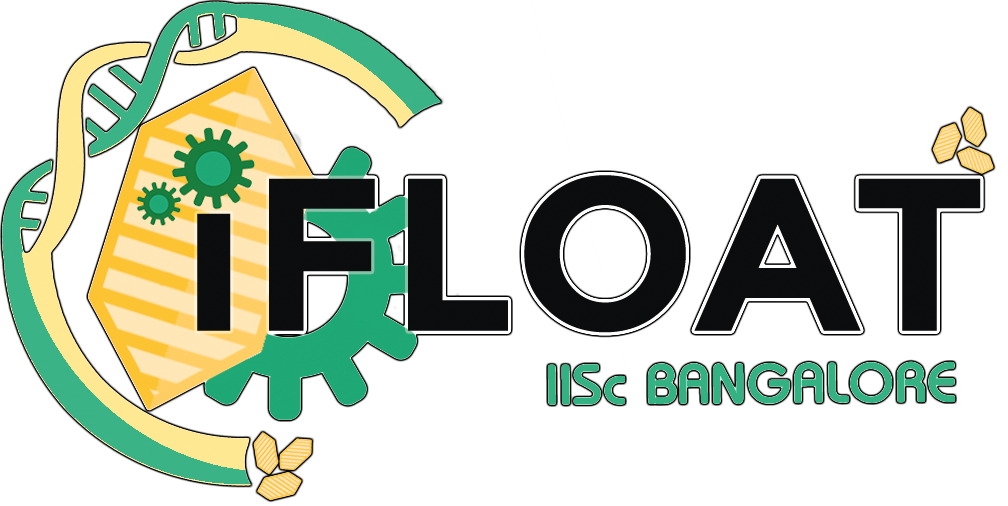iFLOAT
a multifaceted approach to cluster bioengineered gas vesicles in vitro and enhance their flotation
Gas vesicles (GVs) are hollow protein nanostructures synthesized by phototrophic haloarchaea and cyanobacteria to regulate their flotation in aquatic habitats. Bioengineered GVs have been genetically modified for diverse purposes including ultrasonic molecular imaging, gauging cellular turgor pressures, and vaccine delivery — harnessing unique acoustic, mechanical, and surface properties of GVs — but none of their current applications exploits their most fundamental characteristic: buoyancy.
Our modelling indicates that clusters of GVs float several orders of magnitude better than individual GVs, as buoyancy scales with volume while Stokes’ drag scales with effective radius. Our project iFLOAT aims to improve the flotation of gas vesicles by clustering them using three distinct methods — charge-based flocculation, biotin-streptavidin interaction, and SpyCatcher-SpyTag heterodimerization — and simultaneously develop robust, reproducible flotation assays. Potential future applications of buoyant clusters of bioengineered gas vesicles include bioremediation of oil spills and flotation-based separation and purification of specific targets from mixtures.











